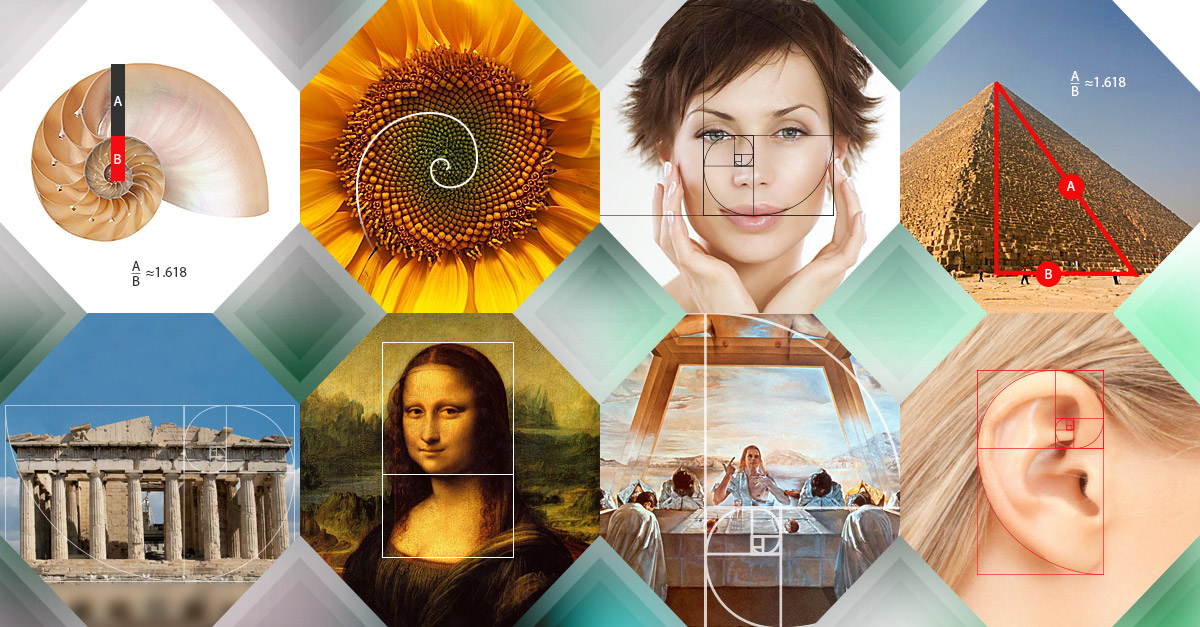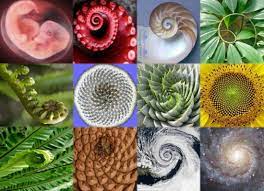If you would rather read this message, the words are provided below:
Teleological Argument:
- All complex design implies a designer.
- There is complex design for the universe and within the universe.
- The universe had a cause; therefore, there must be a Designer of the universe.
If one found a watch in an empty field, one would rightly conclude that it had a watchmaker because of its obvious complex design. Anytime we have a complex design, we know by previous experience that it came from the mind of a designer. Watches imply watchmakers; buildings imply architects; and paintings imply artists. The greater the design, the greater the designer. Beavers make log dams, but they have never constructed anything like the Golden Gate Bridge. A thousand monkeys sitting at typewriters for millions of years would never produce Hamlet by accident. Yet Shakespeare did it on the first try. The more complex the design, the greater the intelligence required to produce it. We all know that the faces on Mount Rushmore were formed by an intelligent cause. It is not just that the natural causes never produce the kind of specified information shown on Mount Rushmore. It is also known by repeated observation that intelligent causes do produce this kind of specificity. Specified complexity points to an intelligent cause. But is there anything more complex than what humans create? Yes. The human body.
Dr. Antony Flew was a leading spokesperson for atheism and was active in many debates. However, scientific discoveries within the last 30 years brought him to a conclusion he could not avoid. In a video interview in December 2004 he stated, “Super-intelligence is the only good explanation for the origin of life and the complexity of nature.”
What is amazing is that within the tiny space in every cell in your body, a DNA code is three billion letters long! To grasp the amount of DNA information in one cell, a live reading of that code at a rate of three letters per second would take thirty-one years, even if reading continued day and night.
Coded messages imply an intelligent sender. In all of nature, only living cells have complex messages known as specified complexity. DNA. Even militant atheist Stephen Hawkings admitted that the genetic information in a single-cell animal would fill a thousand sets of an encyclopedia! If the genetic information in a one-cell animal exceeds that in a volume of the Encyclopedia Britannica, the information in the human brain is greater than that in the Library of Congress. Agnostic astronomer Carl Sagan once said, “The brain is a very big place in a very small space…. the neurochemistry of the brain is astonishingly busy, the circuitry of a machine more wonderful than any devised by humans.”
R.L. Wysong wrote, “The human brain weighs about three pounds, contains ten billion neurons with approximately 25,000 synapses (connections) per neuron. Each neuron is made up of 10,000,000,000 macromolecules. The human mind can store almost limitless amounts of information, (a potential millions of times greater than the 1015 bits of information gathered in a lifetime—I. Asimov), compare facts, weigh information against memory, judgment and conscience and formulate a decision in a fraction of a second.”
Michael Denton, senior fellow in human molecular genetics at the University of Otago, in New Zealand, wrote, “Altogether the total number of connections in the human brain approaches 1015 or a thousand million million. Numbers in the order of 1015 are of course completely beyond comprehension. Imagine an area about half the size of the USA (one million square miles) covered in a forest of trees containing ten thousand trees per square mile. If each tree contained one hundred thousand leaves the total number of leaves in the forest would be 1015, equivalent to the number of connections in the brain.”
The mind or intelligence that explains anticipatory adaptations cannot be explained as a result of evolution. The human mind cannot be explained by survival of the fit or adaptation, for there is no reason these adjustments should produce foresight, and the human mind does not adapt to the environment but transforms it. Only an intelligent Being could have caused the specified complexity found in the DNA code in living things and in the expanse of the mind.
What about the eye? Even evolutionist Charles Darwin was dumbfounded by the eye when he wrote, “To suppose that the eye with all its inimitable contrivances for adjusting the focus to different distances, for admitting different amounts of light, and for the correction of spherical and chromatic aberration, could have been formed by natural selection, seems, I freely confess, absurd in the highest sense.”
John Blanchard wrote, “The human eye is a truly amazing phenomenon. Although accounting for just one four-thousandth of an adult’s weight, it is the medium which processes some 80% of the information received by its owner from the outside world. The tiny retina contains about 130 million rod-shaped cells, which detect light intensity and transmit impulses to the visual cortex of the brain by means of some one million nerve fibres, while nearly six million cone-shaped cells do the same job, but respond specifically to colour variation. The eyes can handle 500,000 messages simultaneously, and are kept clear by ducts producing just the right amount of fluid with which the lids clean both eyes simultaneously in one five-thousandth of a second.”
Alan L. Gillen wrote, “The most amazing component of the eye is the ‘film,’ which is the retina. This light-sensitive layer at the back of the eyeball is thinner than a sheet of plastic wrap and is more sensitive to light than any man-made film. The best camera film can handle a ratio of 1000-to-1 photons in terms of light intensity. By comparison, human retinal cells can handle a ratio of 10 billion-to-1 over the dynamic range of light wavelengths of 380 to 750 nanometers.”
And if the eye is such an amazing design, consider the human body as a whole. The human body is truly a definition of specified complexity; it is an elaborate communication system. There are 206 bones in the human body, several ligaments, tendons, cartilage, veins, a very complex digestive system, and even skin to act as a covering. Even the skin by itself proclaims intelligent design. Everyone has unique fingerprints consisting of either arches, loops, or whorls. Even identical twins don’t have the same ridges, valleys, or swirls. Identical twins are monozygotic, which means that they develop when a single fertilized egg splits in two, leading to two embryos. As they both came from the combination of the same egg and sperm, these twins have virtually indistinguishable DNA; however, they do not have the same fingerprints.
Is there anything more complex than the human body? Yes. Earth. Is there anything more complex than Earth? Yes. The galaxy. Is there anything more complex than the galaxy? Yes. The universe. What could be greater than the universe? The Creator of the universe.
My Final Thoughts:
A summary for a Creator and intelligent design:
#1: Why anything exists at all
- Every contingent thing has an explanation of its existence.
- If the universe has an explanation of its existence, that explanation is a transcendent, personal Being.
- The universe is a contingent thing.
- Therefore, the universe has an explanation of its existence (from 1, 3).
- Therefore, the explanation of the universe is a transcendent, personal Being (from 2, 4).
#2: The origin of the universe
- The universe began to exist.
- If the universe began to exist, then the universe has a transcendent cause.
- Therefore, the universe has a transcendent cause.
#3: The applicability of mathematics to the physical world
- If an intelligent Creator does not exist, the applicability of mathematics would be a mere happy coincidence.
- The applicability of mathematics is not a mere happy coincidence.
- Therefore, a Creator exists; intelligent design exists.
#4: The fine-tuning of the universe for intelligent life
- The fine-tuning of the universe is due to either physical necessity, chance, or design.
- The fine-tuning is not due to physical necessity or chance.
- Therefore, the fine-tuning is due to design.
#5: The intentional states of consciousness in the world
- If an intelligent Creator does not exist, intentional states of consciousness would not exist.
- Intentional states of consciousness do exist.
- Therefore, a Creator exists.
#6: Objective moral values and duties in the world
- If a Creator does not exist, objective moral values and duties would not exist.
- Objective moral values and duties do exist.
- Therefore, a Creator exists.
#7: Miracles and personal experiences
- If an omnipotent, omniscient, and omnipresent Creator does not exist, the supernatural miracles could not exist in a natural, detailed, organized, and mathematical and scientific world of which everything always happens for a logical reason.
- The supernatural has been experienced, witnessed, and documented in the scientific field; miracles have occurred which defied logic and reasoning within a natural and predictable environment.
- Therefore, a Creator exists.
Conclusion:
It is contrary to the universal scientific experience that life ever arises from nonlife. Just as nonbeing cannot produce being, nonlife cannot produce life. The evidence shows that nonintelligent natural laws do not have the ability to bring life or new life-forms into existence, to say nothing of human beings. Chance is not a rational explanation since a rational person should posit as a cause only that which is constantly conjoined to the effect. But the only cause constantly conjoined to specified complexity (such as is found in living things) is intelligence. Hence, only intelligence (not chance) should be posited as the cause of life. Rational or scientific thinking is not based on chance occurrences but on constant conjunction. Hence, to posit a nonintelligent natural force as a cause of specified complexity, one must show how it constantly conjoined to a purely natural nonintelligent cause. This has not been done. Since intelligence is the only cause constantly joined with design, then intelligence is the most reasonable cause to postulate for nature that manifests this same kind of design. An intelligent Creator/Designer is the most reasonable cause for the entire universe and all life within it. It was logically concluded that this Being would need to be one and not many; therefore, we can call this Being “GOD.”
Unless the atheist can successfully tear down the presented arguments for GOD and construct in its place a sound argument to prove that GOD does not exist, belief in GOD is the most reasonable belief. Since I have provided an argument, the burden of proof is now on the atheist to prove that belief in GOD is unreasonable. If the atheist cannot prove that belief in GOD is unreasonable, then the atheist needs to stay silent while they seek answers beyond their limited knowledge.



25 thoughts on “Is Belief In An Intelligent Creator Reasonable?”